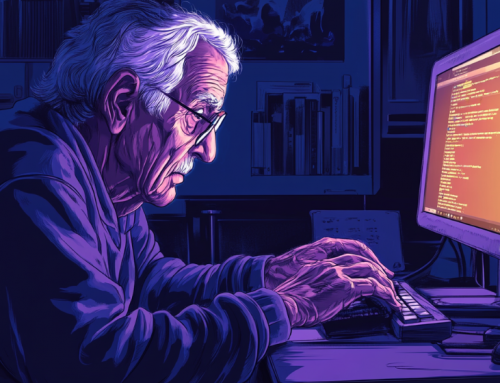Simulation Offers Some Benefits Over Real-World Training
Grand Theft Auto V isn’t just for living out your escapist Gangland fantasies in a digital Los Angeles anymore – according to a new research study by the University of Michigan, training object recognition algorithms in the game’s engine may prove a boon for honing computer vision systems.
Real-world imagery gathered by car-mounted cameras might seem at first glance more relevant to training effective object recognition for use in real environments, but such real-world datasets –however accurate– are encumbered by the cost and time of collection, as well as a vast need for human labor to manually parse through imagery in order to label and annotate objects such as signs, traffic signals, bicyclists, other cars, etc.
While the roads and automated traffic in GTA‘s LA doppelganger lack the detail and some of the variance and unpredictability of real-world data, researchers found that the object recognition algorithms trained in-game were more effective than those trained solely on a real-world dataset, in addition to being far cheaper and faster to train.
Read on at IEEE Spectrum to find out the three main advantages of simulated training that the team discovered, as well as more detailed information on the specifics of the study and research outcomes: How Much Can Autonomous Cars Learn from Virtual Worlds? – IEEE Spectrum






